8 Genius Tricks to Snag the Perfect Souvenir Abroad
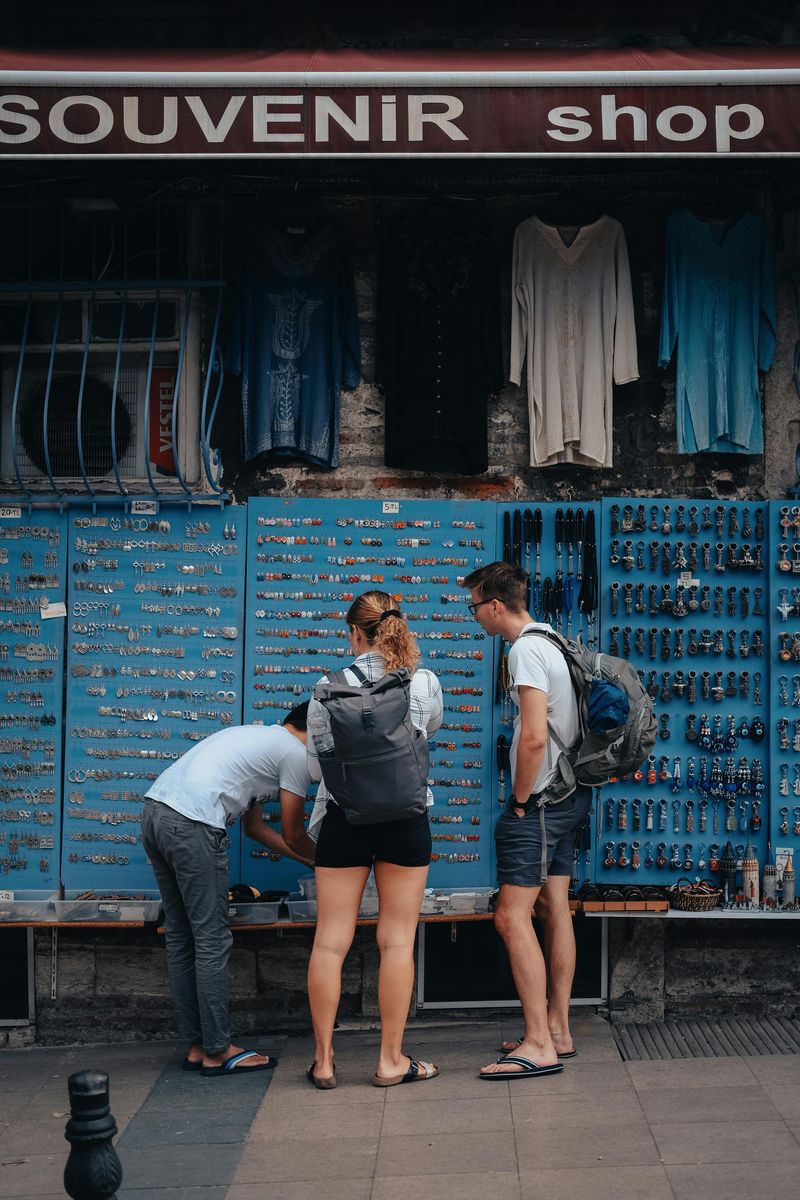
Bringing home the perfect souvenir is like capturing a piece of your travels forever. But too often, we end up with dusty trinkets that lose their magic once we’re home. Finding meaningful mementos that truly represent your journey doesn’t have to be a challenge. These clever strategies will help you discover treasures that keep your travel memories alive for years to come.
1. Go Local: Skip Tourist Traps

Wander away from the crowded gift shops near major attractions where prices are inflated and items are mass-produced. The real treasures hide in neighborhood markets and small shops where locals actually shop.
Morning markets often offer the freshest selection and best prices before tour groups arrive. Strike up conversations with vendors who might direct you to even more authentic spots off the typical tourist path.
Remember that genuine souvenirs rarely have “I ❤️ [City Name]” plastered across them. The most meaningful mementos are often everyday items locals use that will remind you of the place in subtle, authentic ways.
2. Ask Locals What’s Special
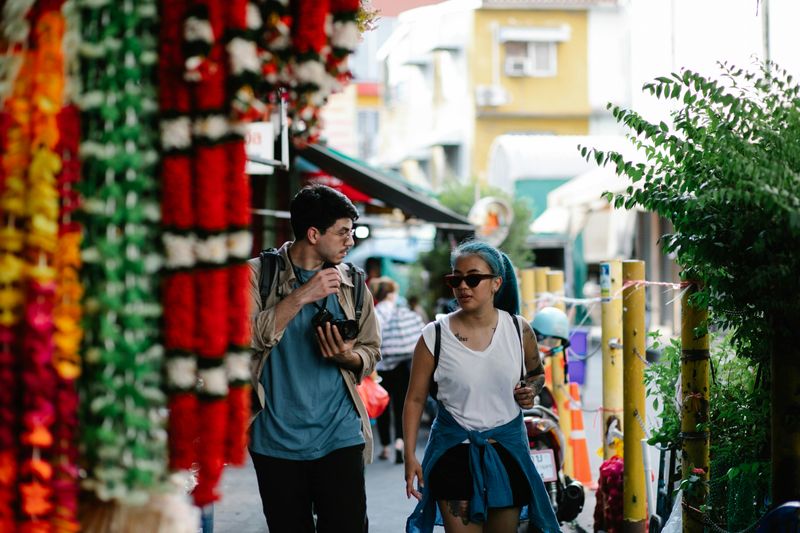
Taxi drivers, hotel staff, and restaurant servers hold the keys to authentic souvenir discoveries. A simple question like “What’s special from this region that I could take home?” often reveals treasures tourists never find.
During my trip to Portugal, a cafe owner directed me to a tiny workshop making hand-painted ceramic tiles using 200-year-old techniques. These tiles now hang in my kitchen, telling a story no mass-produced magnet could.
Local recommendations typically lead to items with cultural significance rather than tourist gimmicks. Plus, asking creates connections with residents who are usually proud to share their heritage.
3. Buy Items with a Story
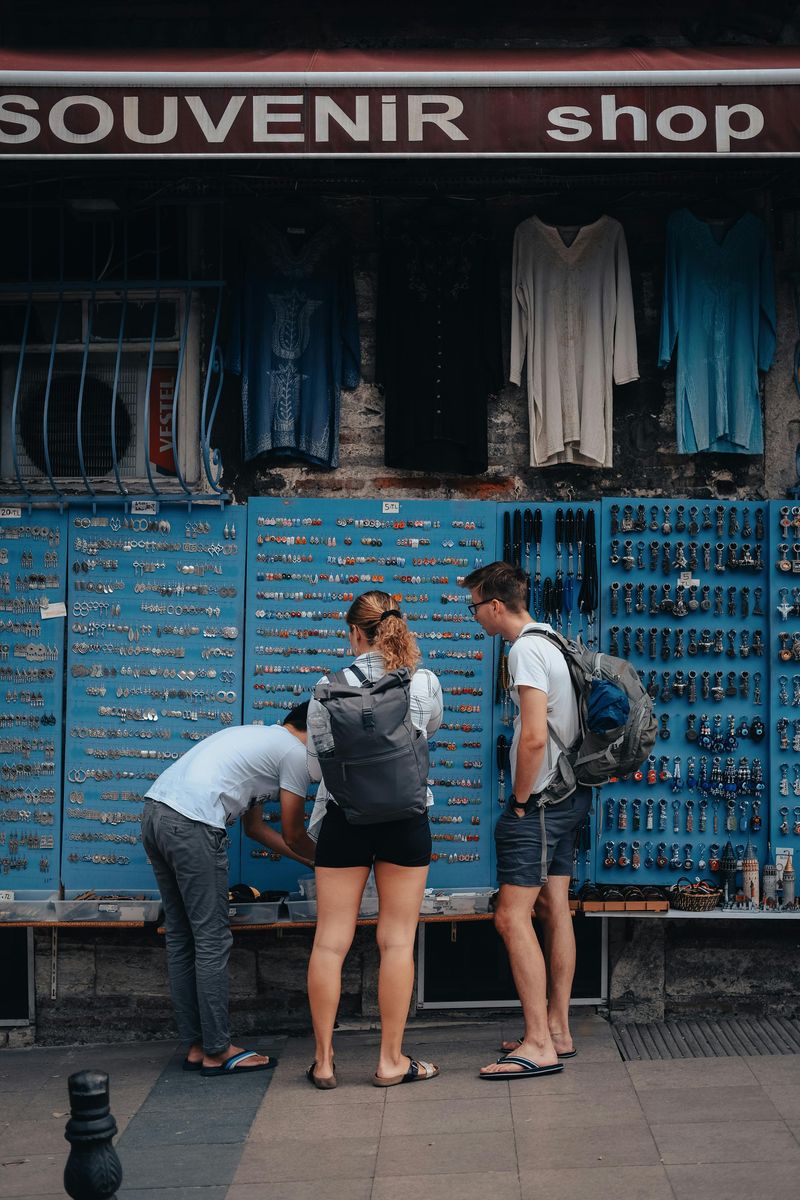
The most treasured souvenirs come with tales that transport you back to your adventures. That wooden spoon becomes special when you know the craftsman carved it using techniques passed down for generations.
Seek out items made by artisans willing to share their process. Many will happily explain their craft’s history and significance while you watch them work. These moments become part of the souvenir’s value.
Don’t rush these interactions! Ask questions about techniques, materials, and traditions. Take photos of the creator with your purchase (with permission) to preserve the full memory of how this treasure came into your life.
4. Avoid Fragile or Bulky Items
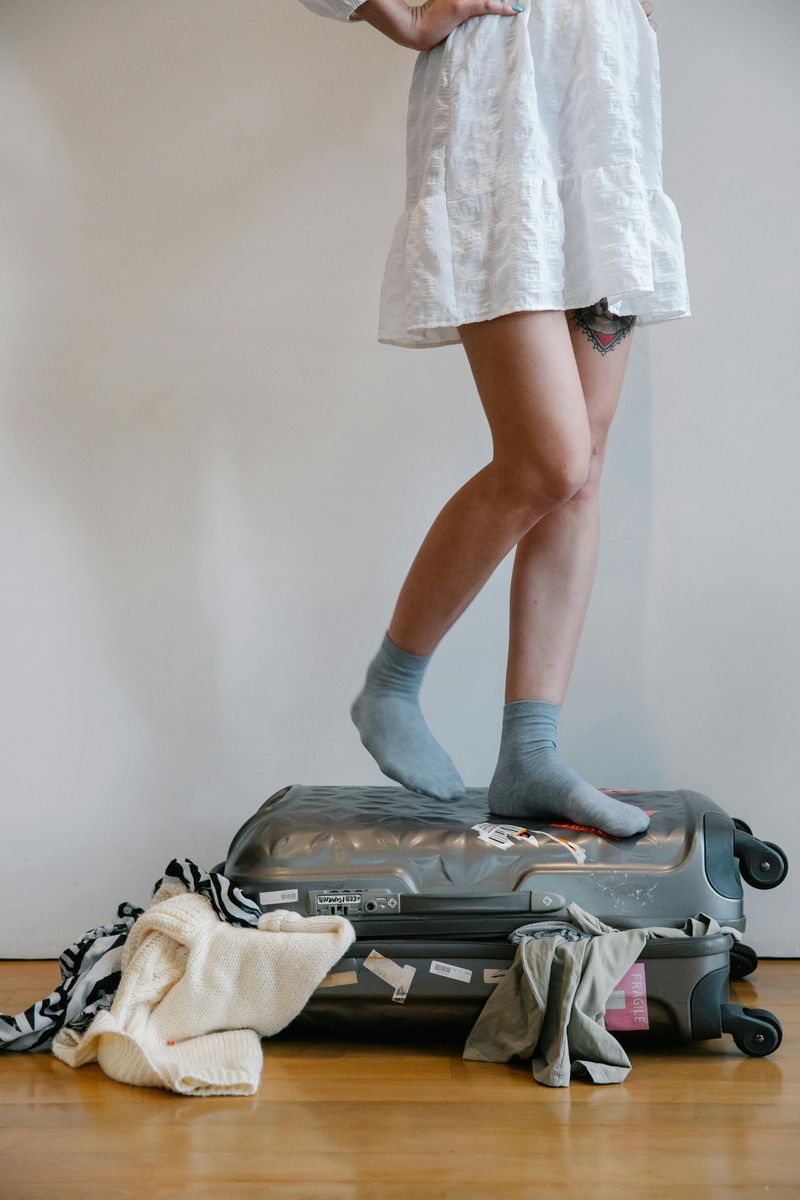
That gorgeous hand-blown glass vase might look perfect in the shop, but imagine it wrapped in your sweater between two hardcover books in your suitcase. Practical souvenirs survive both the journey home and years of use.
Flat items like textiles, scarves, jewelry, and artwork pack easily without adding significant weight. Many travelers collect patches, pins, or small art pieces that take minimal space yet still carry powerful memories.
When tempted by something delicate or enormous, ask yourself: “Will this survive the trip?” and “Where will this live in my home?” Sometimes a photo of the beautiful item makes a better memory than broken pieces.
5. Look for Artisan Certifications

Authentic craftsmanship often comes with official recognition. Many countries have certification systems that guarantee traditional methods and materials. In Mexico, look for the “Hecho a Mano” (handmade) label on crafts to ensure authenticity.
Fair trade certifications mean your purchase supports ethical practices and fair compensation for creators. The extra dollars spent on certified items translate to better working conditions and preservation of traditional skills.
Certification symbols vary by country, so research before your trip. Some regions have government-backed authenticity programs while others rely on artisan cooperatives or NGOs to verify genuine craftsmanship. These markers help distinguish true cultural treasures from factory-made replicas.
6. Go Beyond the Obvious
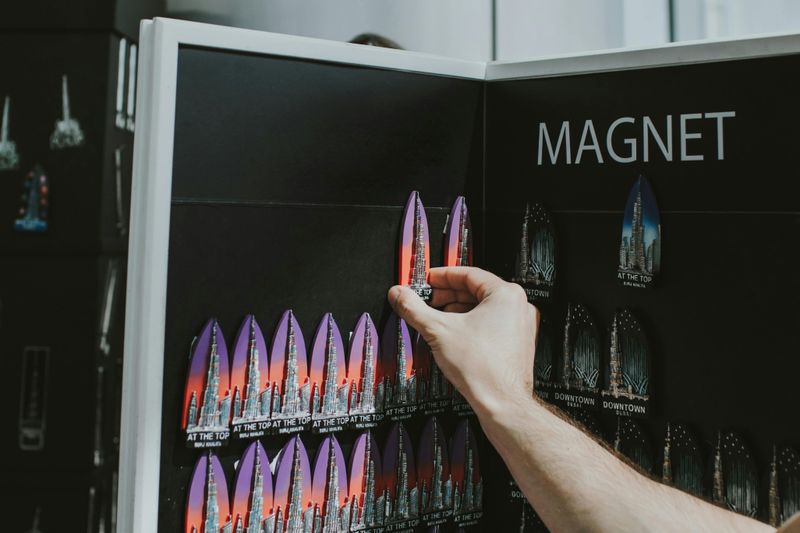
Magnets and keychains fade into forgotten drawer corners, but unconventional souvenirs spark conversations for years. Hardware stores in foreign countries offer unique tools that become kitchen conversation pieces. Foreign supermarkets contain everyday products with packaging designs you’ll never see at home.
Musical instruments, even simple ones like hand drums or flutes, bring sounds of your travels into your daily life. Foreign board games with translated rules create family game nights with international flair.
My favorite souvenir remains a simple wooden cooking spoon from Thailand that I use weekly. Each time it stirs a pot, I’m transported back to the market where a grandmother sold me her handcrafted kitchen tools.
7. Consider Edible Souvenirs
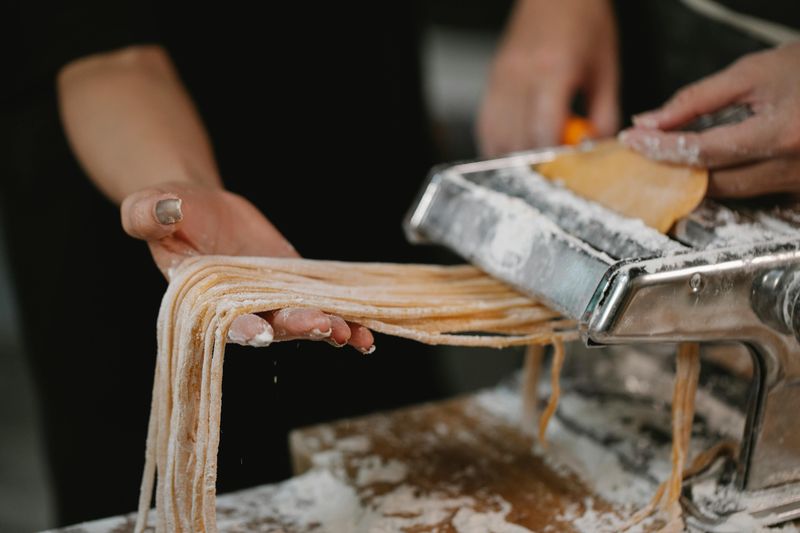
Flavors trigger memories more powerfully than any trinket. Spice blends, specialty salts, or local cooking ingredients transform ordinary meals into taste-trips back to your adventures. Just check customs regulations before packing food items!
Coffee beans from a plantation you visited or tea varieties from local markets make morning routines more meaningful. Even the packaging of foreign food products can become decorative kitchen elements after contents are enjoyed.
For longer-lasting food memories, collect recipes instead of just ingredients. Many restaurants will share simplified versions of traditional dishes if you express genuine interest. These culinary souvenirs cost nothing but create lasting connections to places you’ve visited.
8. Take Photos or Journal Moments
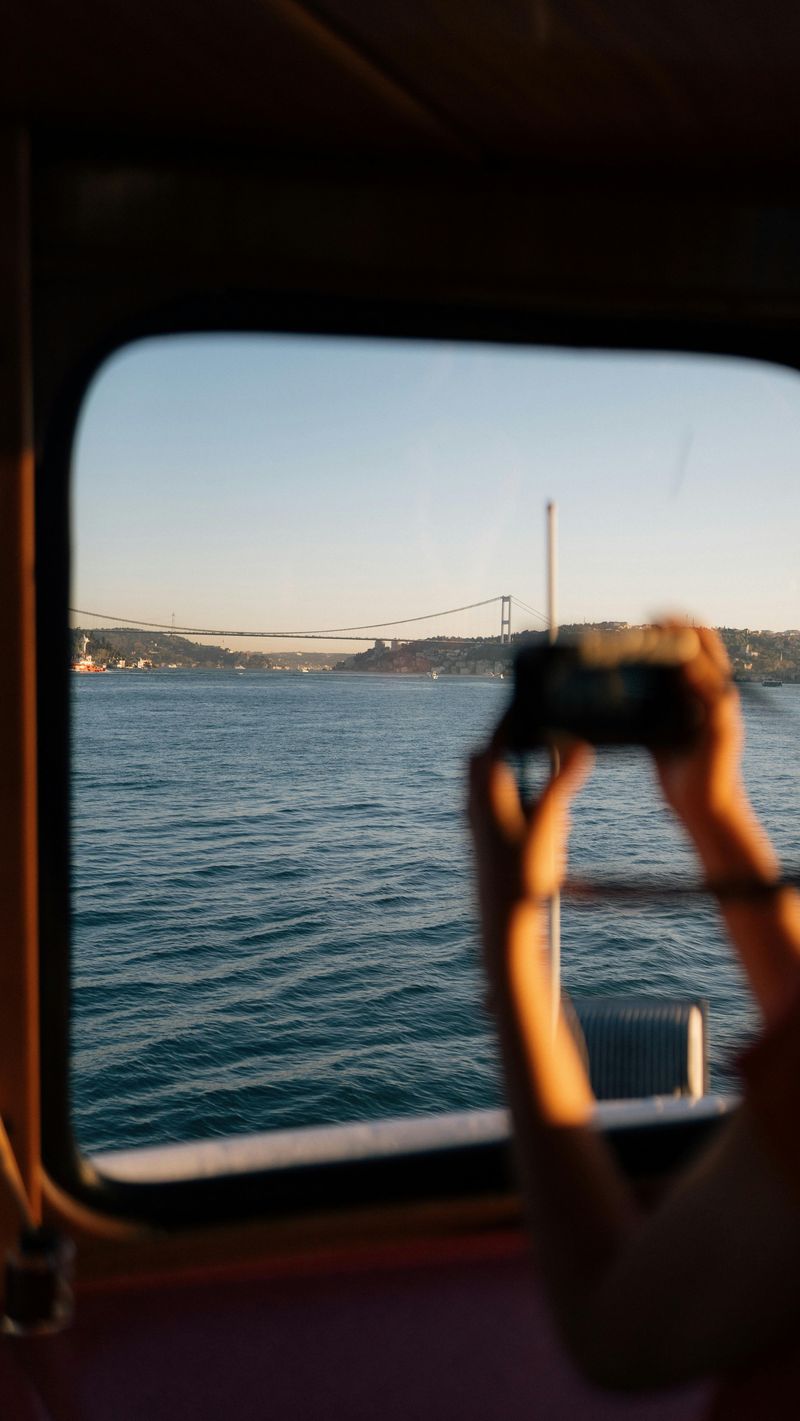
Sometimes the best souvenirs cost nothing. Dedicating time each evening to journal about the day’s discoveries creates a personalized travel memoir far more valuable than any gift shop purchase. Include ticket stubs, pressed flowers, or small sketches for texture.
Create photo challenges beyond typical landmarks. Capture doorways, street signs, or local pets for unique visual memories. A series of market photos or coffee shops visited tells a more personal story than standard tourist snapshots.
Audio recordings of street musicians, bustling markets, or ocean waves bring sensory dimensions to your memories. These digital souvenirs take no luggage space but transport you back more vividly than any physical object could.

Comments
Loading…